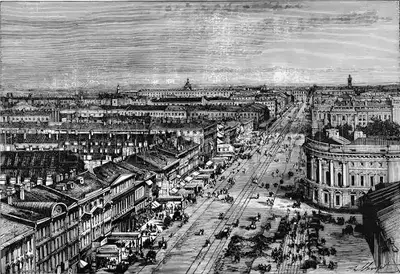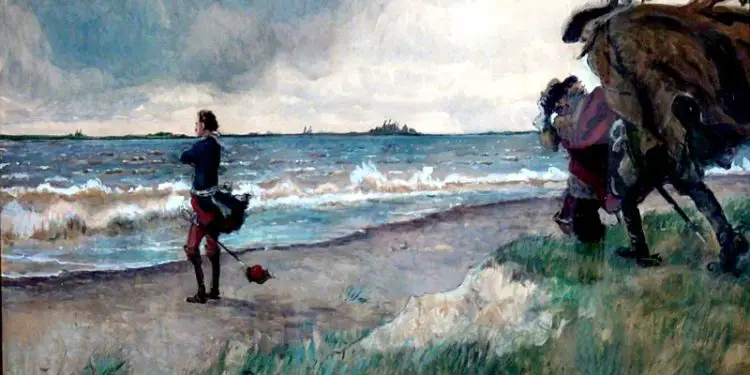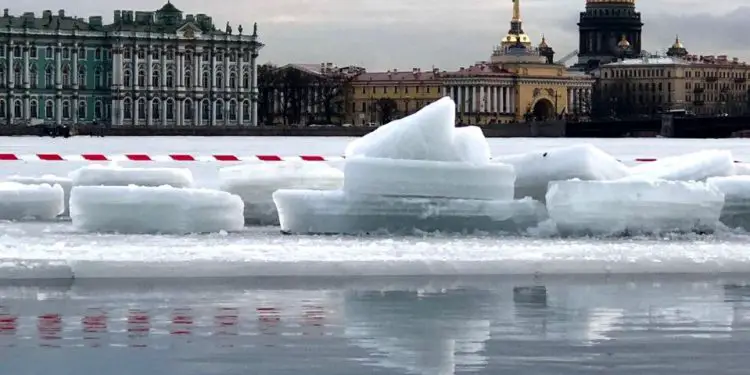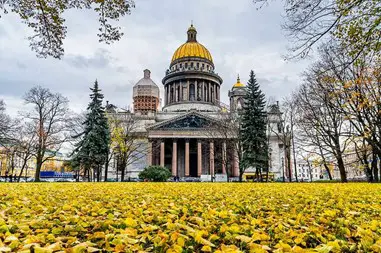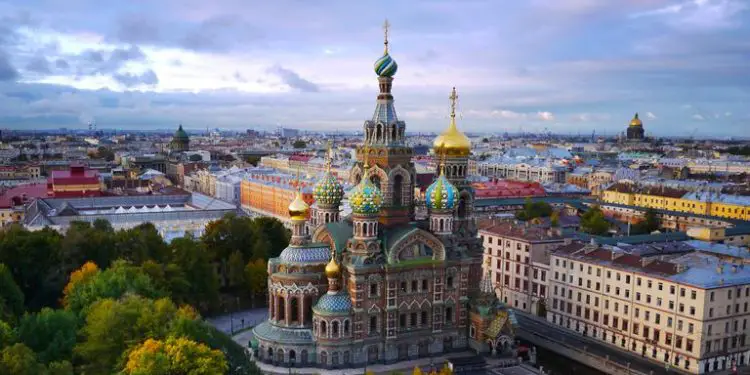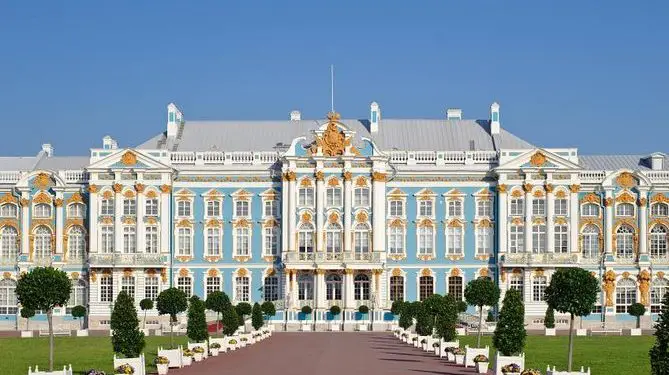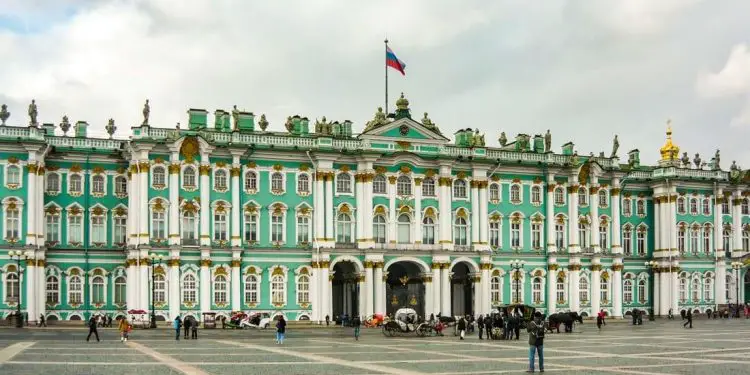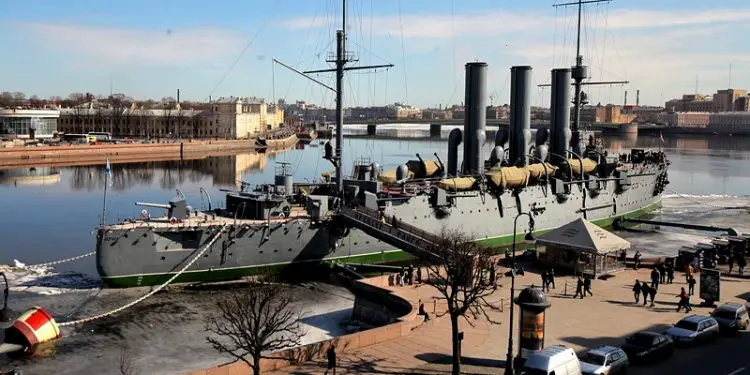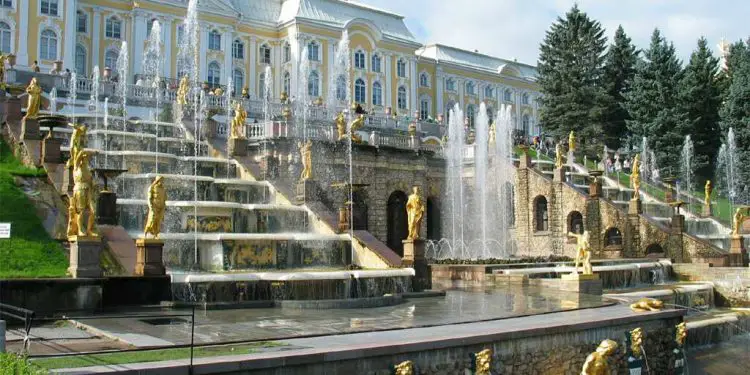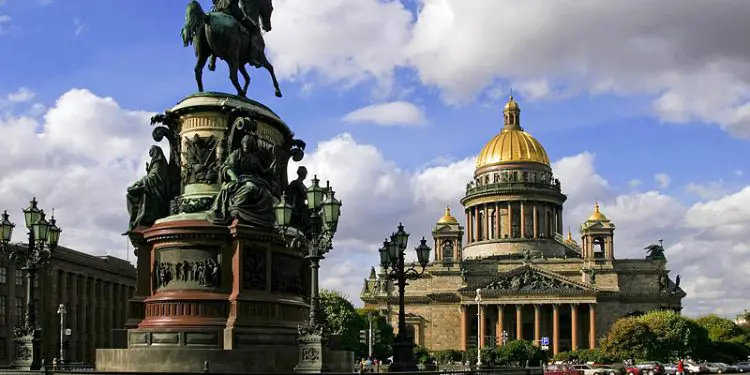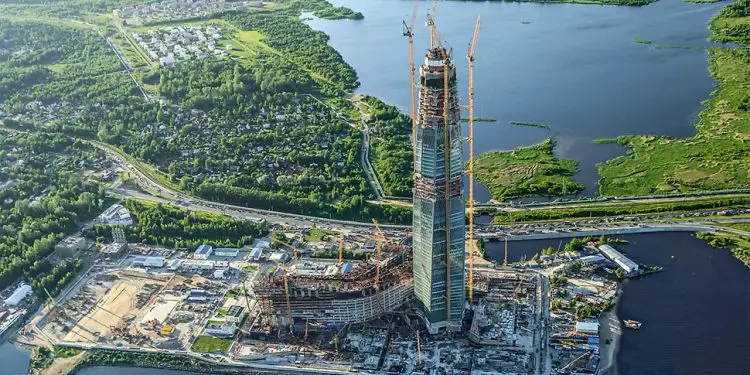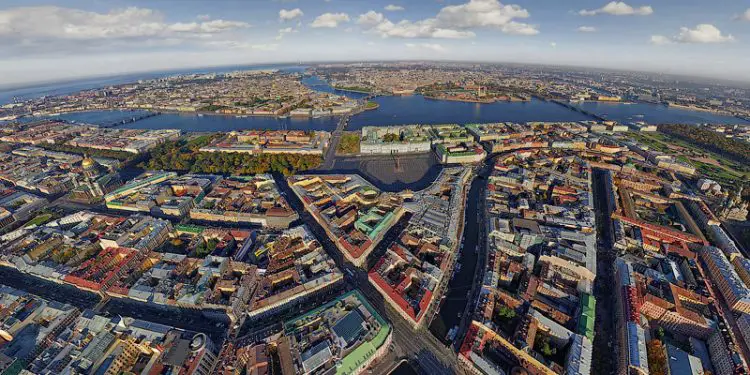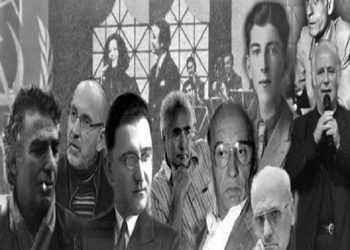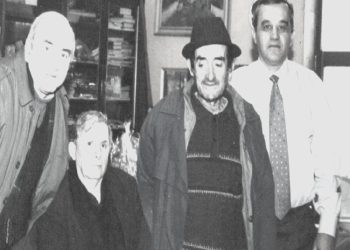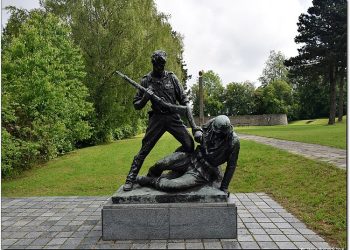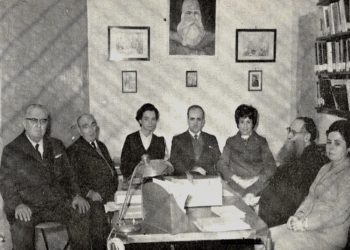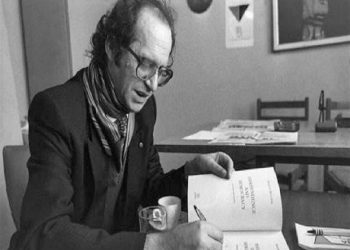The story of the famous 316-year-old city, built by Peter the Great of Russia, to rival the more developed cities of the West, invited hundreds of Italian and Dutch architects there. How the great Russian metropolis was built on the swamp on the Baltic Sea coast, where over 30,000 workers were “sacrificed” to be buried in the city’s foundations. The secrets of the Russian architectural wonder that suck millions of tourists a year from around the world.
St. Petersburg, or as it was known in the former Soviet Union by the name of Leningrad, is one of the most popular cities, which, by architectural design, is referred to as Venice of East Amsterdam. The majestic city of imperial Russia began to be built on May 27, 1703, by the most prominent and successful Tsar in the Romanov dynasty, Peter the Great. The reasons this magnificent city was built on the shores of the Baltic Sea were two: the first was that Tsarist Russia had no port city since all the maritime spaces the country possessed were freezing during the winter and extreme cold lasted for months. in a row. The second reason was that Tsar Peter the Great wanted to show the Western developed world that even the Russians (hitherto known as a despotic and backward state) had their own imperial capital.
Genesis of St. Petersburg City Construction
The construction of the city of St. Petersburg dates back to the Russian-Swedish war when King Carl XIII of Sweden attacked Russia from the Baltic Sea. After a long and tiring war, the Russians, led by Peter the Great of Russia, defeated the Swedes in the village of Poltava and Tsar himself, in order to preserve land and maritime integrity from any possible attack from abroad, and decided to use the space coast of the Baltic Sea to build a port city from which no occupier, without first taking the city, could advance to Moscow and other parts of Russia. The Baltic Sea Area was wide and promised a strategically important seaport (the Baltic Sea did not freeze during the winter), but the area was a large swamp and Peter knew well that building that city needed work. long and it would take the lives of thousands of workers for that magnificent city to rise on the Baltic coast. But his determination, and that of thousands of ordinary Russians to have an Amsterdam of their own, made the city’s construction work begin immediately. Following the offer of Peter the Great’s Car from the Netherlands and Italy, dozens of architects were sent to design, build and observe the city’s marshy work. They were sent to the Baltic coast by boat, and when they arrived on Russian soil, they encountered Peter the Great, whose body height was 2 m. He advised European architects to build a giant city, where Venice would merge with Amsterdam. The city’s construction work took several years, and it took the lives of over 30,000 workers who died of malaria and cold. But after a few years, from a swampy shack, it became a cosmopolitan city, blending Western and Russian architecture. Seeing the strategic position and great development that St. Petersburg took at a rapid pace, in 1712 Peter the Great was proclaimed the capital of Imperial Russia. St. Petersburg was called the “City of Bones” because the 30,000 workers who died building the city were buried beneath its foundations. The town was inhabited by a minority of Dutch, Italians, and Englishmen, mostly architects with their families, but most of the city was inhabited by Russian aristocracy, which enjoyed special privileges under Peter the Great.
The city, an integral part of historical events
Since 1703 and to this day, St. Petersburg has been a city where revolutions, empires and political systems in Russia and then in the former Soviet Union. That city became the best-known and most developed center of imperial Russia. In 1712, Tsar made it the capital of the empire and transferred the aristocracy and government cabinet from Moscow to St. Petersburg. After his death in 1725, he was named Petrograd in honor of the deceased Tsar. During the reign of the two Katerina dynasties, Petrograd had a great cultural, economic and social development. And this, because it was the only city that resembled other classical European cities. Even afterward, during the reign of the Romanov dynasty, the city did not lose its cultural and historical values. In 1905, after the Russo-Japanese War ended, a revolution took place in the city for the coming to power of new political currents and parties, such as the Russian Social Democrats and the Bolsheviks (Communists). But the revolt failed because the belligerent forces of Tsar Nicholas II intervened swiftly to restore order and calm. In the years to come, there would be further uprisings in the city by workers and soldiers who lived and worked in extremely difficult conditions. But these uprisings would be crushed with great violence and bloodshed. The city had previously witnessed the political chaos that often plagued Russia at the time. In 1881, Tsar Alexander was killed by an Easter egg-wrapped bomb. Traces of the sensational assassination can still be found today on one of the many classic facade streets near the Summer Palace. In 1914, numerous military and police troops were installed in the city in order to protect the city from external and internal attacks (revolutions and a possible German submarine invasion of the North). But in 1917, thousands of citizens, sympathizers of the Bolsheviks and Lenin, stormed the city and especially the Winter Palace, toppling the Menshevik government of Kerensky and Tsar. After the Communists’ rise to power, the capital was moved inland to Moscow, as St. Petersburg posed a danger of a possible Baltic intervention by any foreign power. On January 24, 1924, three days after Lenin’s death, the city was renamed Leningrad in honor of the Communist leader, and thus remained the door in 1991. In World War II, the city of St. Petersburg was besieged and savagely bombed. Nazi planes and Finnish artillery, having been hit for 29 months. But it was the heroism of Stalin’s Red Army and the inhabitants themselves, who resisted bombardment, misery, and temperature by -40 degrees. About 800,000 of the 3 million that Leningrad had during the war died. The city also resisted the “Way of Life” (the frozen road to Lake Ladoga, where supplies came from Moscow and other cities). The resistance that the city made was decorated by the Supreme Soviet with the high medal: the “Heroic City” of the Soviet Union. During the fall of communism, even in the city of Leningrad as in Moscow, memorials to communist dictators and leaders were removed. Nowadays, St. Petersburg is a city that represents the perennial culture of the Russian state.
Cruiser “Aurora”, the symbol of the October Revolution
In the great seaport of the city of St. Petersburg since 1917, stands the cruiser “Aurora”, which is also a symbol of the October Bolshevik Revolution, as the Bolshevik sailors fired a number of cannonballs at this warship. The Winter Palace, which was considered the symbol of Tsarist rule. This cruiser of the imperial Tsarist navy, during the period of the Bolshevik Revolution of October 1917, played an important role, as were the thunder of its cannons, which marked the beginning of the revolution and its end with the victory of the Bolshevik revolutionary forces led from Lenin. During the joint attack on the night of October 24, 1917, the Bolshevik sailors, aboard the ship, received orders for one-off attacks on Lenin’s buildings and cavalry by other Lenin and other Bolshevik government leaders. Who, fearing the intervention of another foreign army, had been stationed in the Kremlin as Moscow was far from St. Petersburg and until its conquest, it could regroup large Bolshevik revolutionary forces to defend it to the end. The Aurora warship is a living symbol to remember the bloody days of October 1917 that changed the political situation in Russia until 1989, when Perestroika’s liberal leader Mikhail Gorbachev destroyed it. communism in the former Soviet Union. Inside the Aurora cruiser, it can see inscriptions of the Bolshevik revolutionary sailors, which show the ardent Communist ideals that characterized the Russian naval forces during the revolution. that with its ideology for 73 years turned imperialist tsarist Russia from a ruled state, from the elite of Europe’s richest aristocracy to a working-class state, but actually ruled by the Bolsheviks, who imposed the most egregious totalitarian communist regime in Europe and in the world./Memorie.al




